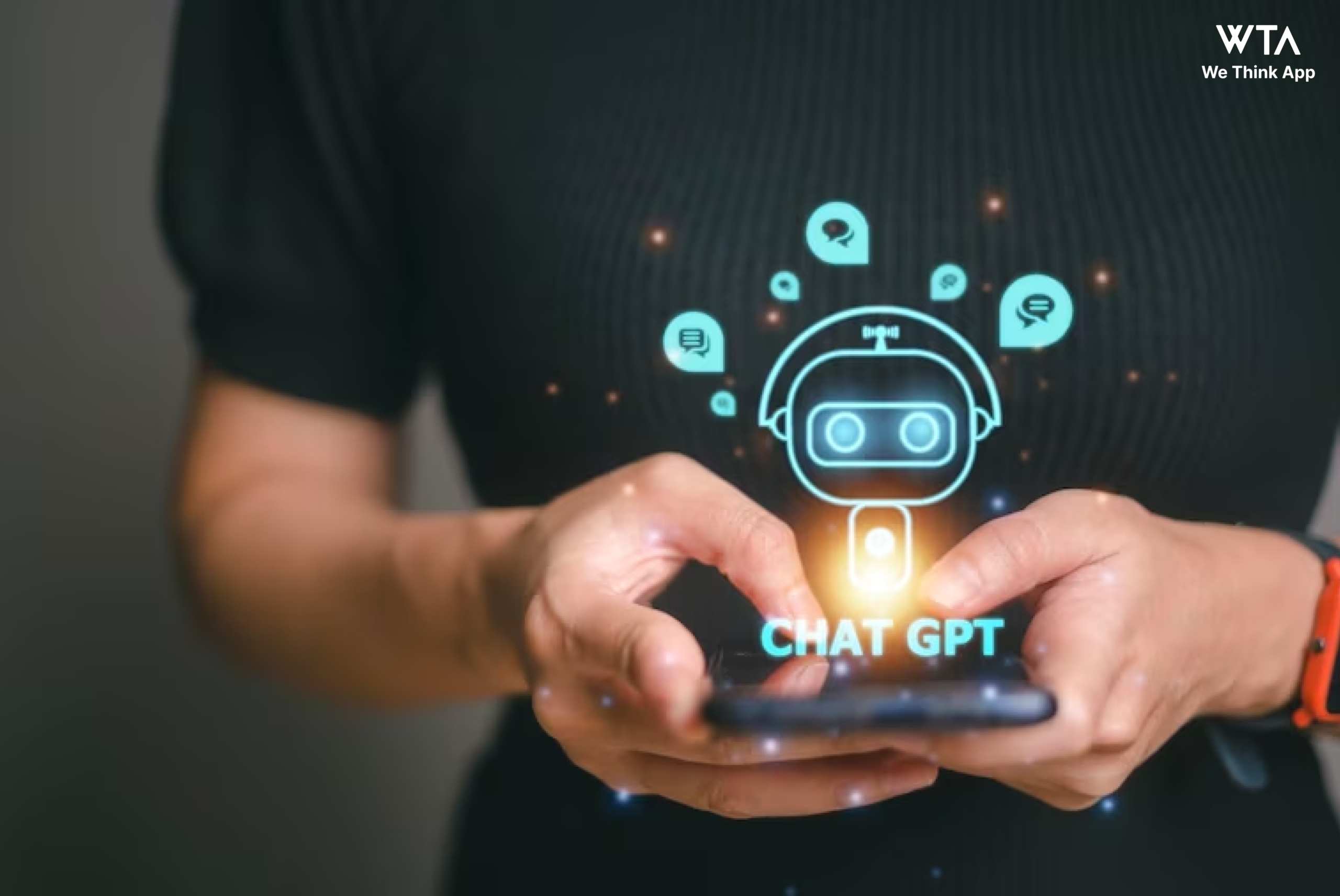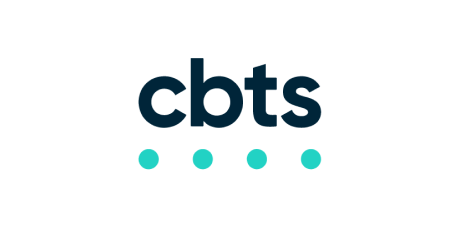Introduction to Quality Assurance (QA):
In the rapidly evolving field of software development, Quality Assurance (QA) engineers play a vital role in ensuring the reliability, functionality, and overall quality of software and applications. As technology advances, AI-powered tools like ChatGPT have emerged as valuable resources for QA professionals. This blog aims to provide a comprehensive overview of ChatGPT and how QA engineers can leverage its capabilities to enhance their testing processes, generate test cases, and troubleshoot issues more effectively.
ChatGPT can be a valuable tool in quality assurance processes, enhancing automation, test case generation, and exploratory testing efforts. Its language processing capabilities and ability to generate human-like responses offer benefits such as increased efficiency, improved test coverage, and enhanced collaboration. However, it is important to consider the limitations of ChatGPT, including its contextual understanding, domain expertise, and potential biases. By leveraging the strengths of ChatGPT while acknowledging its limitations, QA engineers can effectively incorporate this AI model into their workflows and improve the overall quality of software systems.
The Role of Quality Assurance Engineers:
The Rise of ChatGPT

ChatGPT, powered by advanced natural language processing algorithms, has garnered attention for its ability to generate human-like responses. These AI models are trained on vast amounts of text data and can comprehend and generate text, making them proficient in engaging in conversations on a wide range of topics. ChatGPT’s capabilities have raised questions about whether it could replace the human element in quality assurance.
ChatGPT in Quality Assurance:

Benefits:
- Highlight the advantages of using ChatGPT in the QA process, such as faster test case generation and improved troubleshooting.
- Emphasize its potential to complement manual testing efforts and improve overall efficiency.
- Discuss how ChatGPT can assist in exploratory testing and uncovering edge cases.
Test Case Generation with ChatGPT:
- Explain how QA engineers can use ChatGPT to generate test cases based on specific requirements or scenarios.
- Demonstrate the process of providing inputs and obtaining test case suggestions from ChatGPT.
- Discuss the importance of reviewing and validating the generated test cases to ensure accuracy.
Troubleshooting and Issue Resolution:
- Explore how ChatGPT can assist in troubleshooting software issues by providing insights and potential solutions.
- Describe how QA engineers can interact with ChatGPT to gather relevant information about the problem.
- Highlight the importance of critical thinking and human expertise in analyzing the suggestions provided by ChatGPT.
Best Practices for Utilizing ChatGPT:
- Encourage QA engineers to use ChatGPT as a supportive tool rather than a replacement for manual testing efforts.
- Emphasize the need for thorough validation and verification of the suggestions provided by ChatGPT.
- Discuss the importance of maintaining a feedback loop to continuously improve ChatGPT’s performance.
Automation and Efficiency:
Enhancing Collaboration:
One of the key benefits of ChatGPT in quality assurance is its potential to enhance collaboration among team members. QA engineers can leverage AI models like ChatGPT to simulate user interactions and conduct exploratory testing by generating test scenarios and edge cases. This collaboration between human and AI can result in improved test coverage and uncovering potential issues that might have been overlooked otherwise.
The Human Element:
Conclusion:
ChatGPT plays a crucial role in QA engineering by assisting in automated testing, answering user queries, and providing intelligent insights into the quality assurance process. It can simulate user interactions and test system responses, helping identify bugs and issues in software applications.
ChatGPT improves QA efficiency by automating repetitive tasks such as test case generation, execution, and result analysis. It can understand natural language queries from QA engineers, allowing them to quickly retrieve relevant information and perform root cause analysis. This saves time and effort, enabling QA teams to focus on more critical aspects of quality assurance.
Yes, ChatGPT can assist with test case generation and test coverage analysis. By understanding the application’s requirements, ChatGPT can suggest test scenarios, identify missing test cases, and provide insights on improving test coverage. It leverages its language comprehension abilities to generate comprehensive and diverse test cases, enhancing the overall quality of QA testing.
ChatGPT supports defect tracking and reporting by analyzing test results and identifying potential defects. It can parse test logs, exception messages, and other relevant data to pinpoint issues and generate detailed defect reports. This helps QA engineers in documenting and communicating defects efficiently, leading to faster resolution and improved software quality.
Yes, ChatGPT is highly suitable for collaborating with cross-functional teams in QA engineering. It can understand and respond to queries from different team members, including developers, product managers, and business analysts. ChatGPT acts as a knowledge repository, facilitating effective communication, sharing best practices, and promoting collaboration across the QA ecosystem.







